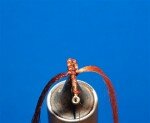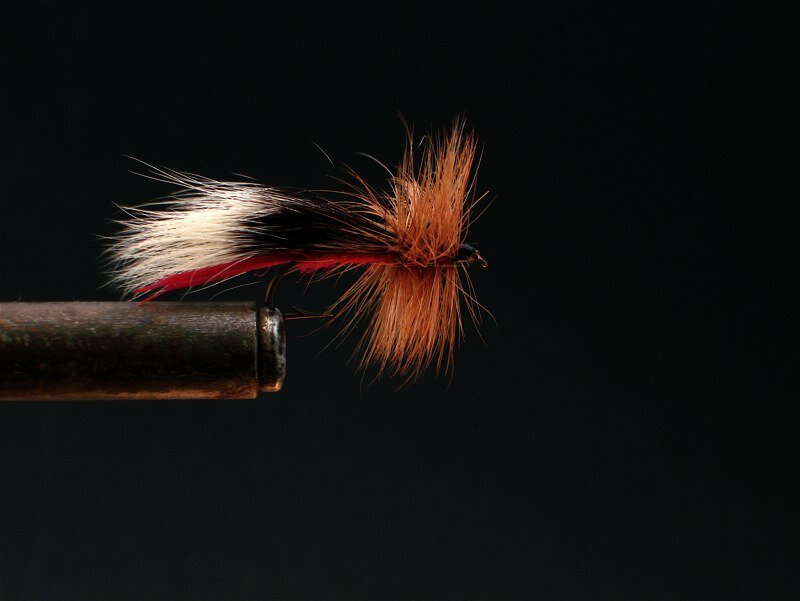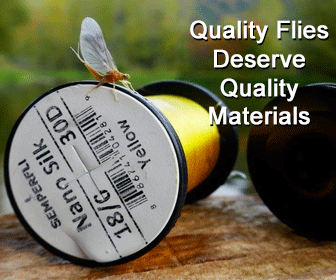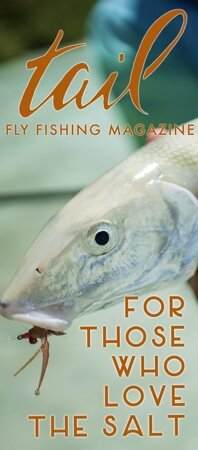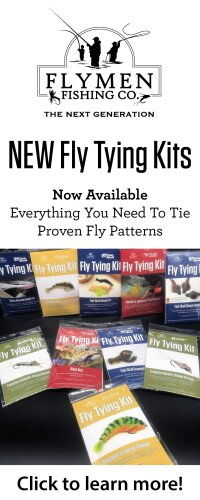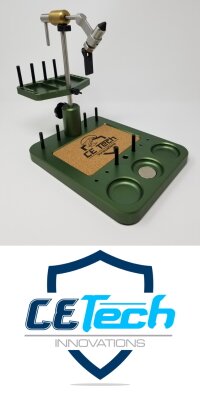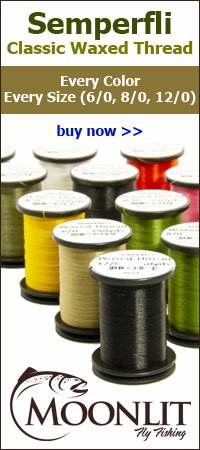
2013 NEW FLY SNEAK PEEK
BARRY’S CARP BITTER™
Designer: Barry Reynolds
Colors: Mango, Olive, Rusty
Sizes: 6
Umpqua Feather Merchants
Barry has been an Umpqua Royalty Designer for nearly two decades and is widely hailed as “a true master of fly fishing with over thirty years experience guiding fly fishers to angling destinations all over the world.” His angling expertise encompasses an enormous range of species in just about every geographic location. Read more about Barry Reynolds here.
Barry Reynolds describes his fly—
“The evolution of the Carp Bitter dates back to 2007 and was my original Barry’s Carp Fly and a rough and undeveloped version was introduced in the DVD The Flyrodders’ Guide to Carp. This early version was similar and while still an effective pattern, it was missing a few key elements to make it a consistent producer for carp. After shelving it for several seasons, I broke the pattern back out a couple of years ago and started to play with improvements and ideas I had while learning and grasping a better understanding of carp and their feeding habits and colors they see.
“The final version we have now incorporates weight dispersed over the hook shank and not in one location, which helps reduce the splash and spook factor while using lead eyes and having the weight in one central location. Additionally I added two sets of rubber legs — each longer than the original version — for added movement in still water situations, attracting much more attention without having to strip the fly.
“The most important improvement was color selection. While the original was tied in rust and grey, I found (through trial and error) that mango, rust and olive were the best three colors on a day in and day out basis. Mango is great in all situations but excels best when used in dirty water or when crayfish are molting making them easy prey. Rust is a great crayfish imitating color but runs a distant 2nd to the mango in dirty water situations. The olive color was the last color to be used but came about after watching carp on the Platte River in Denver feed on chunks of moss and vegetation as it was being flushed down the river. After seeing this and watching the carp refuse everything we offered, I ran home and quickly tied up a few Bitters in olive and returned to the river and watched carp after carp mover over to intercept and eat the olive bitter every time it drifted close enough to inhale it!
“This year was my most successful season ever for carp. Even on lakes, where we struggled to catch carp, I found the Bitter to be the answer and they accounted for more than 150 carp during the month of July alone! I soon found all my fishing buddies sneaking through my fly boxes to see the secret fly! I also sent some to my friends all over the country and on both coasts to see how their carp would react to the Bitter! The results were staggeringly successful; from California to Vermont anglers were reporting wildly successful results with Bitters. One angler in Vermont caught 3 personal best on the Bitter including a 32lb, a 30lb, and 28lb in one outing!
“Fishing this fly is simple. It is not a fly that is stripped aggressively but merely crawled slowly along the bottom while fishing still waters, and dead drifted and tumbled along the bottom to river fish! Everyone I have shared this pattern with has absolutely crushed the carp with this fly! I now carry no less than several dozen of these flies on my carp outings in assorted colors and they account for 90% of the carp I take! The surprise with the Bitter is that it is not only effective on carp, but also works tremendous well on smallmouth bass, crappie, largemouth bass … and yes … even trout. If there are crayfish present in the system you are fishing, this is a must have fly… it’s that good!”

 The Adams was created back in 1922 in northern Michigan by Len Halladay. Judge Charles Adams was fly fishing on the Boardman River near Mayfield Pond when he noticed some insects buzzing around. So he went to his friend and fly tyer Len Halladay’s house which was nearby. Judge Charles asked Len to tie something for him that closely matched the insects he saw. Halladay later wrote a letter to a fly-pattern historian describing what happened next.
The Adams was created back in 1922 in northern Michigan by Len Halladay. Judge Charles Adams was fly fishing on the Boardman River near Mayfield Pond when he noticed some insects buzzing around. So he went to his friend and fly tyer Len Halladay’s house which was nearby. Judge Charles asked Len to tie something for him that closely matched the insects he saw. Halladay later wrote a letter to a fly-pattern historian describing what happened next.














